The fantastic sculptures, made of wood, stone and iron, the result of assembling and found items left by the artist on the shores of Lake Como, together with the dreamlike collages tell the rich and versatile personality of the teacher who has brought about Seregno 3000 works, including more than 600 of its realization.
Through careful research and the dramatic rediscovery of several surrealist works of the Italian track, which in the late 30s walking alongside the Parisian surrealist revolution, in an era when the term fantastic in Italy is almost suffocated by abstract metaphysical and neorealism, in the exposition will be recalled the beginnings of spring and the evolutions of the "assemblage", the "robe Found", the "objet rêve and collages which have seen Cripps, indisputably, one of the first proponents of the language to surrealist ' inside of the panorama of Italian culture.
The exhibition investigates a timeline, through documents, photographs, collages and polychrome sculptures polimateriche, the evolution of artistic language of Luca Crippa, pointed out, with particular emphasis on imaginative charm breathable materials that have been forgotten or discarded by the world have regained form in themselves, reborn as a separate tangible and textured floating dreams.
For the first time will be on display - in an anthology and monographic vision - the works of the early production years spanning the Second World War, assemblies polimateriche end of the '70s - inizio'80, recent collages of the early '90s.
The intent of the initiative is to fully retrace the origins, evolution and outcomes of part of the master's artistic career (1922-2002), in confirmation of those passionate meditations and research across borders and plots of the imaginary which have seen protagonist sublime, especially in graphic production.
Luca Crippa
Born in Seregno in 1922, he attended the Higher Institute of Art at the Villa Reale in Monza, the school of Hugh ZOVETTO.
The years '38-'40 date from the early photographic collages and works polimateriche.
In 1944 he staged his first solo show at Galleria Borromini Como.
In 1946 he joined the firm of architect Gio Ponti in Milan and worked there for three years. In 1948 he participated in the Milan Triennale. He has performed painting on canvas, wood and glass for the living rooms of transatlantic Count Biancamano, Conte Grande, Andrea Costa and Michelangelo, and sketches of sets and costumes for major Italian and foreign opera: prose, poetry, magazine and television ( 300).
He participated in the Venice Biennale of 1964, the Quadrennial in Rome in 1965, the Biennale of the Mediterranean to Alexandria in Egypt, the European Biennial of Moulhouse and those of Sao Paulo, Brazil, Milan, Lugano, Morgans Point, Biella, Riva Garda.
The XXXIV International Venice Biennale, he was awarded the American David Bright for the design and Arturo Schwarz invited him for the exhibition of 50 years "Dada in Italy 1916-1966," at the PAC in Milan.
In 1970 he exhibited at the gallery of his Million Surrealist collages and objects of the 40s. Prepared, also shows anthology at the Palazzo dei Diamanti in Ferrara in 1982 and the Galleria Montrasio Monza in 1995. His works are in major museums and private collections including the Museum of Modern Art in New York, the Art Institute of Chicago and to Boston, the Staatgalerie Stuttgart's Gabinet des Estampes of the Bibliotheque Nationale in Paris.
Experimented with different techniques: from the design watercolors from the picture to the mosaic, ceramic, and all engraving techniques.
From 1971 to 1993 he was professor of decorative painting at the Accademia di Brera in Milan.
E 'disappeared June 29, 2002.
Seregno (Monza and Brianza), Galleria Civica "Ezio Mariani"
25 March to 17 April 2006
Catalog Silvana Editoriale
 Share / Save
Share / Save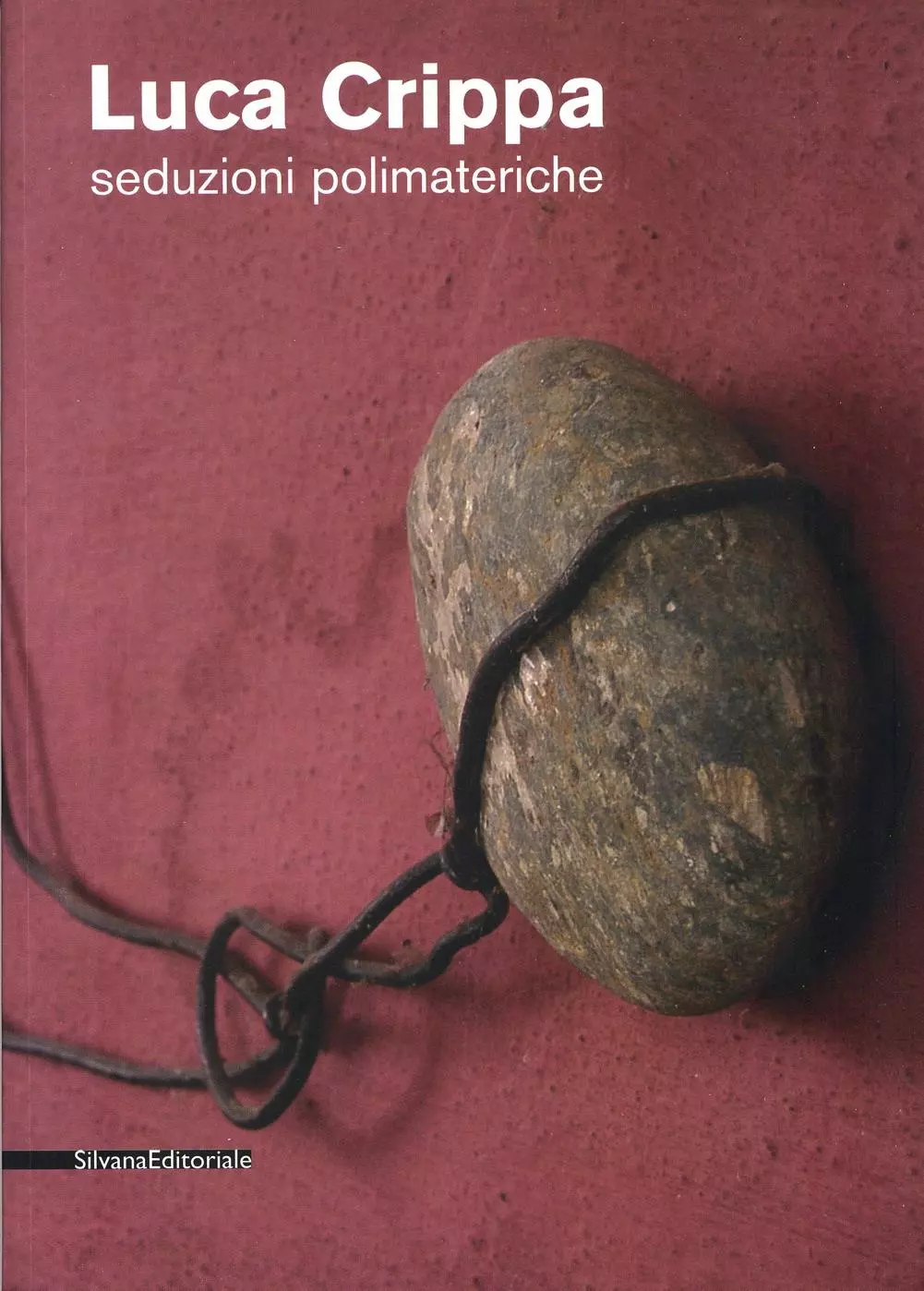
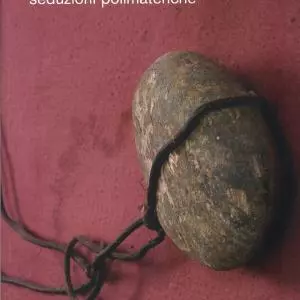
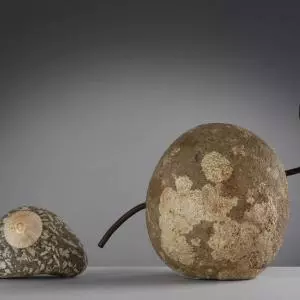
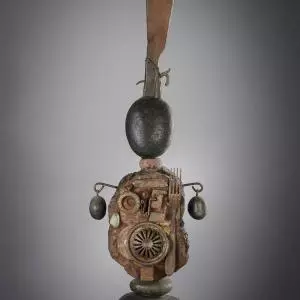
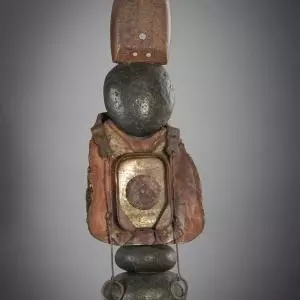
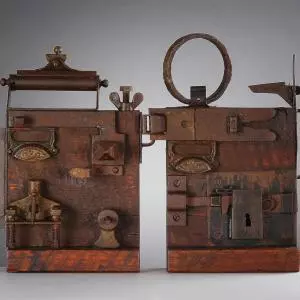
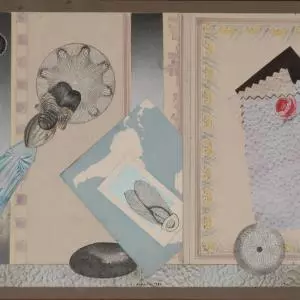

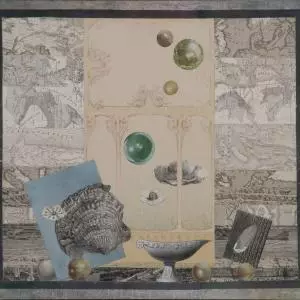
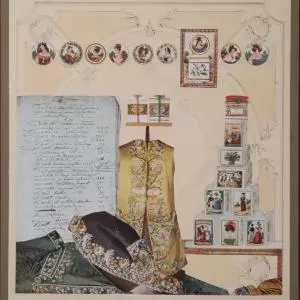
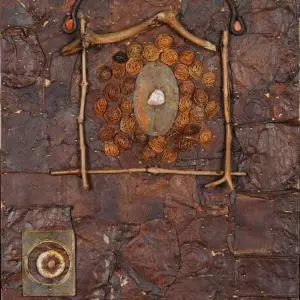
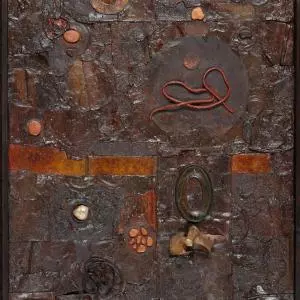
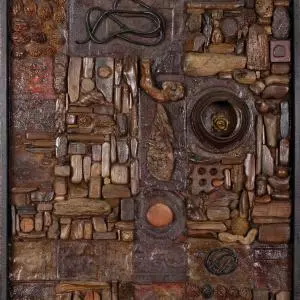
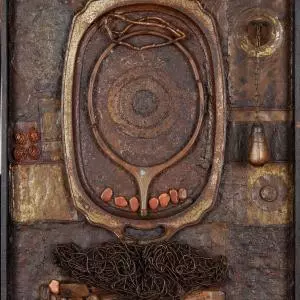
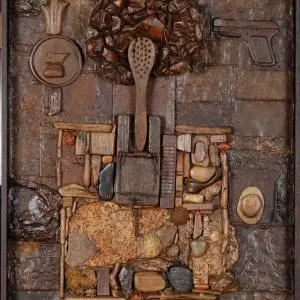
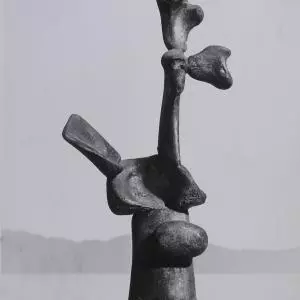
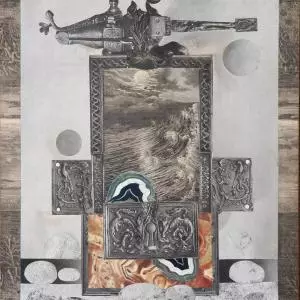
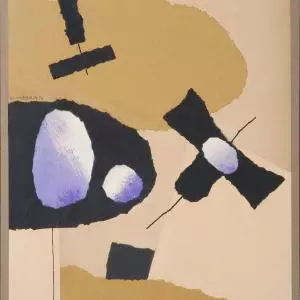
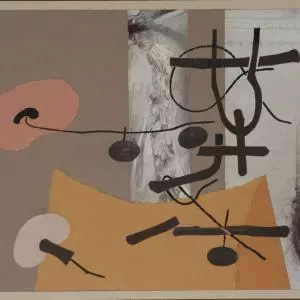
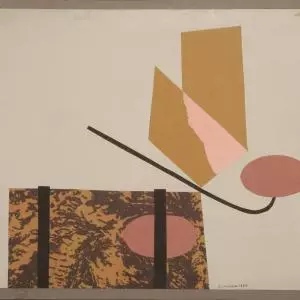
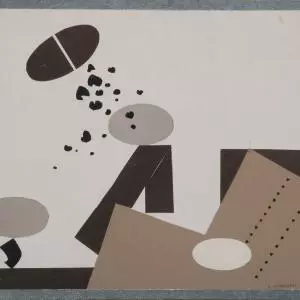
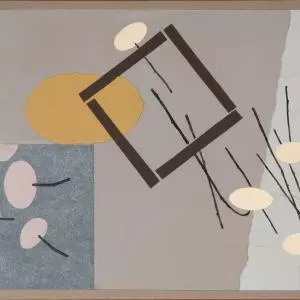
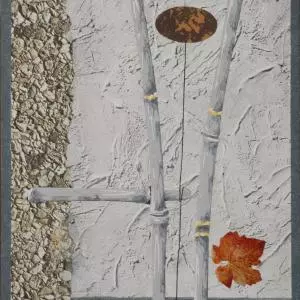
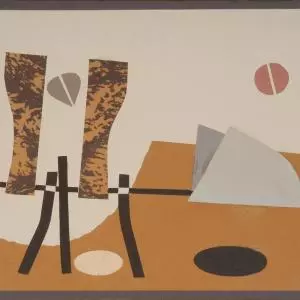
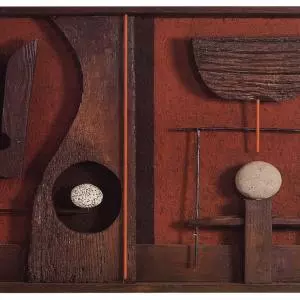


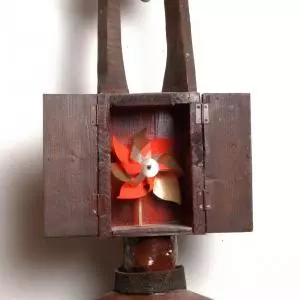
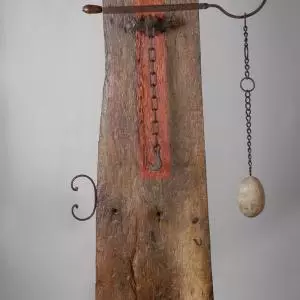
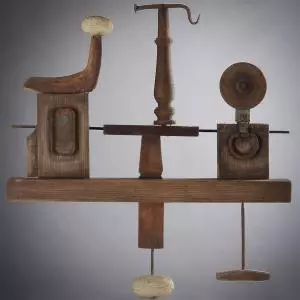

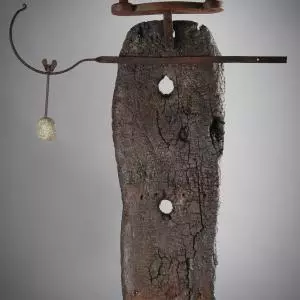
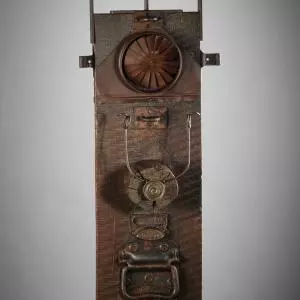
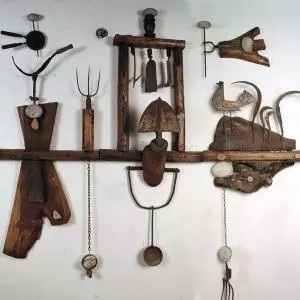
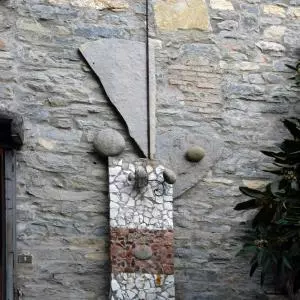
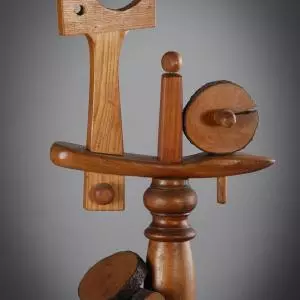
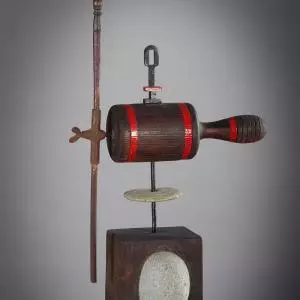
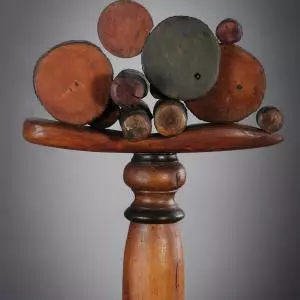
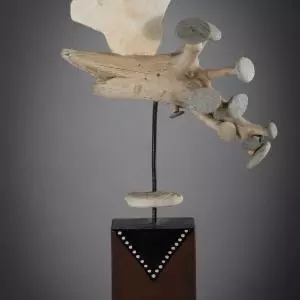
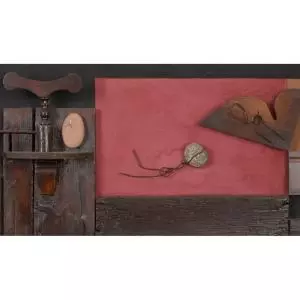
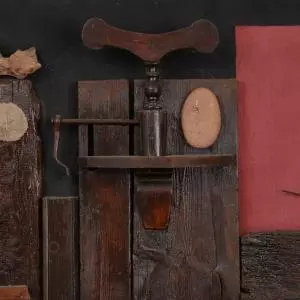
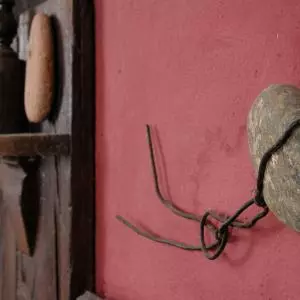
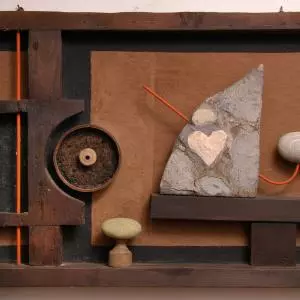
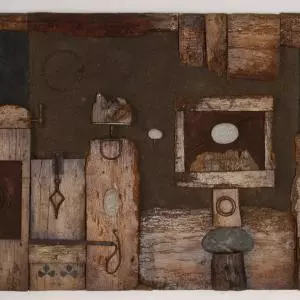
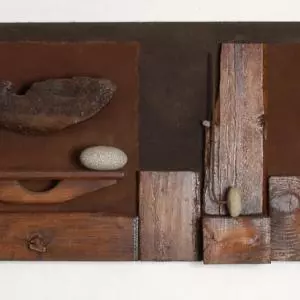
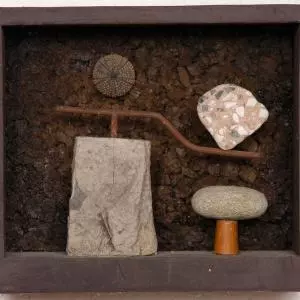
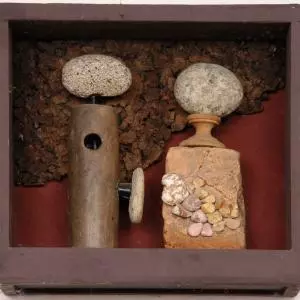
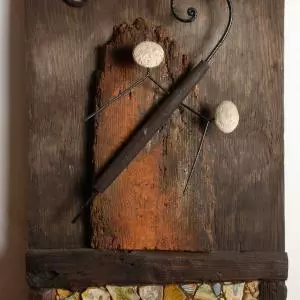
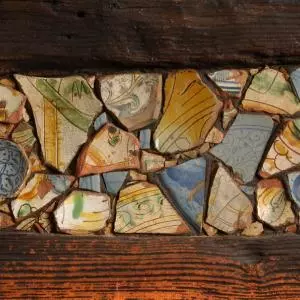
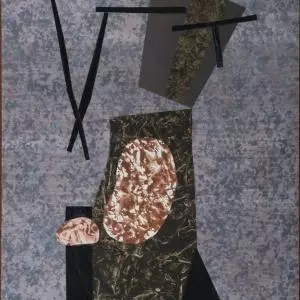
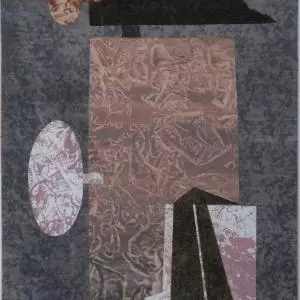
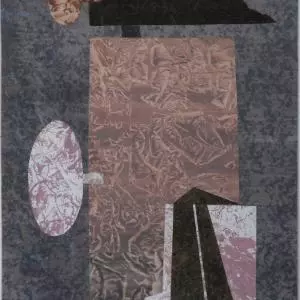
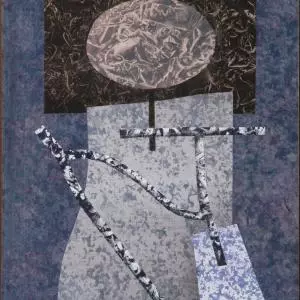
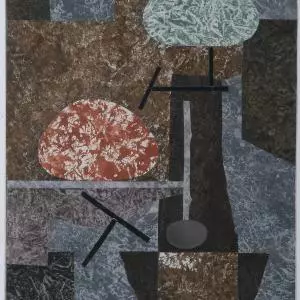
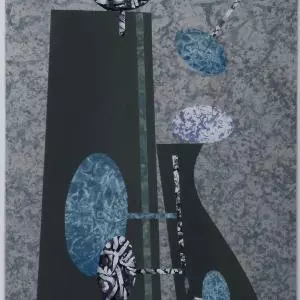






Comments 0
Say something